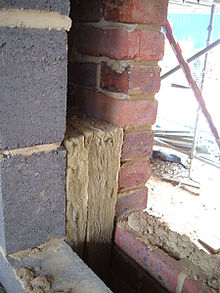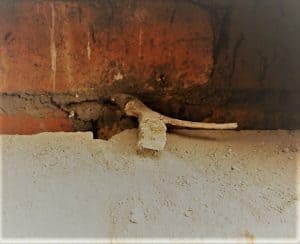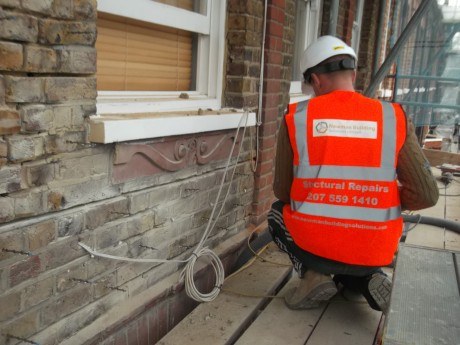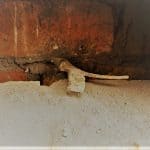What is a cavity Wall? And why are they Used?
Cavity Walls
A cavity wall is a fairly modern method of construction used when constructing buildings, it give a gap between the two skins of masonry. The construction of cavity walls began in the late 20th century to prevent the penetration of moisture through the outer skin of the building into the inner leaf of the wall. During early construction of cavity walls the masonry panels were tied using bricks placed end on into the inner skin until a metal wall tie was developed.

The Introduction of the Iron Fishtail.
Cavity construction had begun in the early 1900’s but with a huge house building boom in Britain in the 1930’s cavity wall construction was the main method adopted due to the speed and ease of construction and this new method prevented damp penetration between the two skins. Wrought and cast iron ‘fishtail ties’ were developed and rapidly deployed as a structural component tying the two skins together.

The Problem.
Wrought and Cast Iron are prone to corrosion, this causes them to fail weakening the structure and putting the property at risk of collapse. The fishtail ties corrode and there are many factors that cause the corrosion mainly being oxidisation of the iron causing expansion of the tie which lifts the bed joint it is bedded in causing horizontal cracking and loss of strength allowing lateral movement. Other factors such as aggressive mortar like those found in black ash mortar accelerate corrosion as well as the porous and weak Lime sand mortar often used in London. The problem is rapidly accelerated in coastal areas found across the South East coast due to the high content of salt water present. As well as corrosion tie density and spacing is also a cause of concern as it is often found that there are inadequate wall ties within the masonry panel especially at the weakest points around window and door openings.

The Solution.
Help is at hand with the specialist Twistfix CD Remedial Wall tie, of which Newman’s are approved designers and installers of this type of repair specification. A specialist remedial wall tie programme will be designed by our team of surveyors and engineers who carry out a site investigation and will determine the appropriate course of action offering a cost effective repair solution. The existing failed wall ties are covered with a specialist designed sleeve that encompasses the corroded tie in a resin preventing further corrosion. Remedial ties are installed across the effective areas conforming to the latest British Standards restoring the structural integrity of the property and tying the two skins of masonry together.
